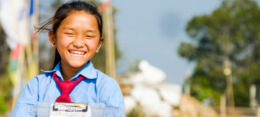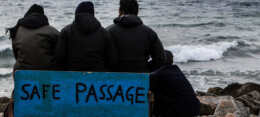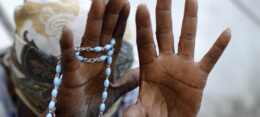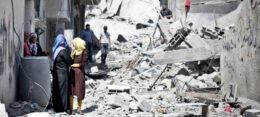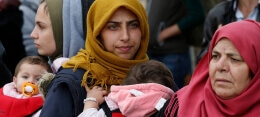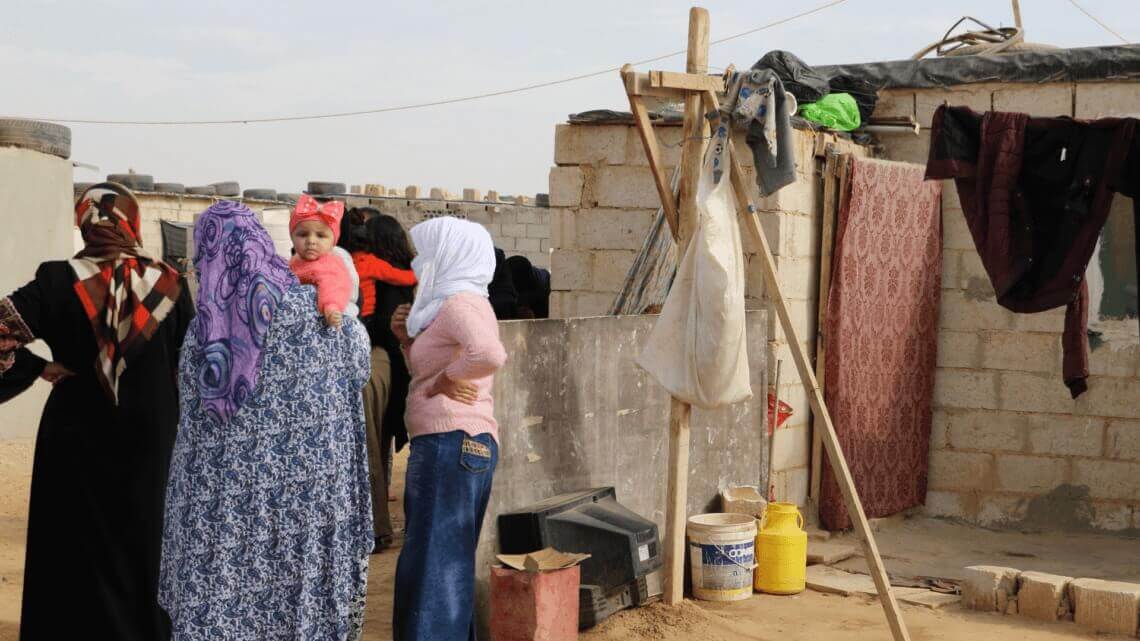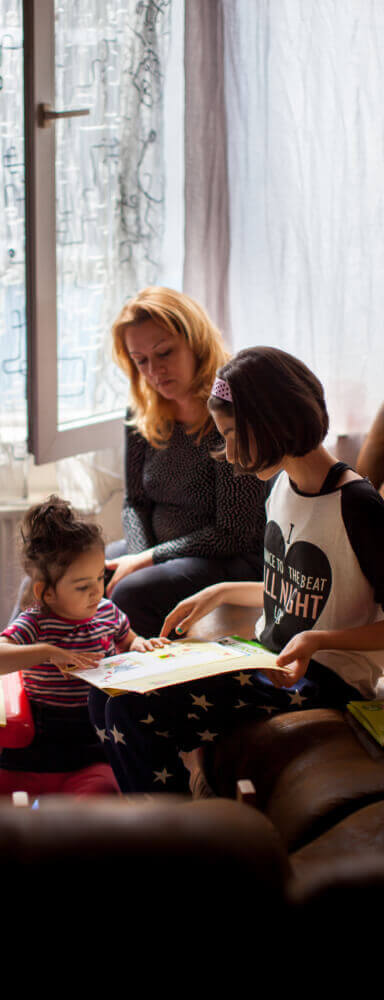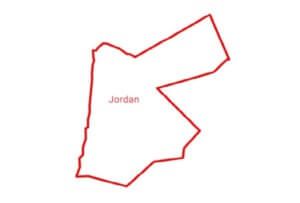
Objective: Dignified living conditions
This project aims to diminish food insecurity and provide health services, protection, and assistance for refugees and Jordanians in order to help them regain dignified living conditions.
More specifically:
- Many refugee families have depended on aid for years. In order to help them not feel so powerless, Caritas Jordan uses a system of refillable debit cards. With this system, families can decide on their purchases for themselves.
- Another initiative is “cash for work.” After receiving training, refugees work for 50 days in the agricultural, artisanal, or waste management sector.
- Refugees can also count on Caritas for psychological and medical care. Particular attention is given to prenatal consultations and medical care for young mothers and children.
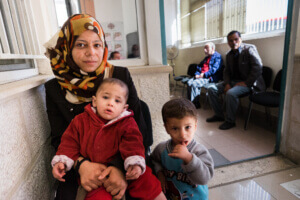
Context: A host country for many refugees
Jordan is a host country for many of those in exile. According to an April 2018 report from the United Nations High Commissioner for Refugees (UNHCR), there are 661,859 refugees in Jordan. However, no one knows the real number, as many are not registered with the UNHCR. According to a 2015 census, there are 1.2 million Syrian refugees in Jordan. Add to this to the 350,000 Iraqi and 2.4 million Palestinians who have lived there for years.
Despite the constant efforts of Caritas Jordan and other local NGOs, refugees’ situations in Jordan are deteriorating. In 2018, the government decided to subsidize medical care only in camps (less than 20% of refugees live in camps). Because of this, refugees not living in camps must now pay for their medical bills themselves. For many, this is impossible. Food taxes have risen. Official aid has fallen. Access to water, education, and hygiene is difficult to find. Unemployment is high among Jordanians as well as refugees.
Target audience
This program targets the most at-risk refugees, based on several criteria judged on a case-by-case basis. Since the beginning of the Syrian crisis, the Jordanian government has required humanitarian aid workers to devote at least 30% of their programming to very vulnerable Jordanian families. This is a fair and relevant policy, as it helps to reduce potential tensions between communities. Of the 42,640 individuals directly assisted, 50% of those reached have been Syrian, 20% have been Iraqi, and 30% have been Jordanian.

